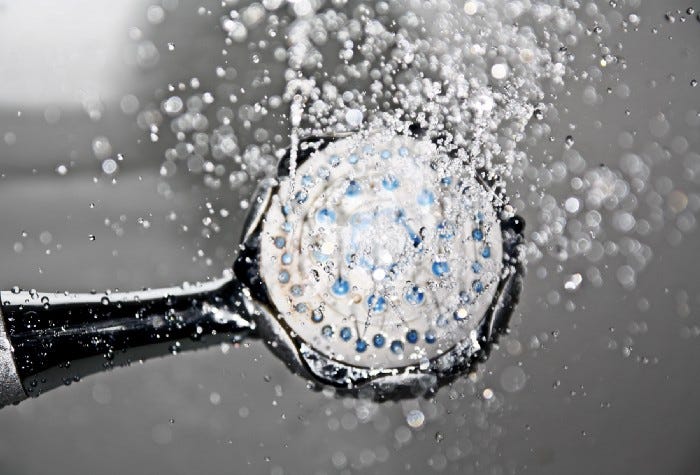Think Dirty Ingredient Breakdown: DEA

Welcome back to another edition of the Think Dirty ingredient breakdown, where we decode all types of controversial, interesting, and common ingredients found in our everyday products.
In this post, we tackle a group of ingredients and called Ethanolamines. The most common and well-known compound in this group of related ingredients is called Diethanolamine, or DEA. DEA is found in many household cleaning products like detergents and hand soaps. DEA and other Ethanolamine ingredients (MEA, Cocamide DEA or MEA, TEA, Lauramide DEA) are used as emulsifiers in products to make them creamy or foaming, and sometimes as pH adjusters. Because of this property, the ingredients are also found in daily-use products like shampoo, conditioner, body wash, and shaving cream. They are also used for many less glamorous industrial purposes in the textile, agriculture, and metalworking industries.
Much of the controversy surrounding these ingredients dates back to 1998 when the National Toxicology Program (NTP) published a study that linked topical application of DEA to increased levels of cancer in mice. This, along with other studies, has given us some insight into the potential dangers of daily exposure to DEA-related ingredients. In their study, the NTP found an increased incidence of liver and kidney tumours in mice that had been exposed to DEA topically. They also found potentially cancerous changes in the skin and thyroid areas after exposure to DEA. Along with these risks, DEA was also associated with other issues like liver alteration, hyperkeratosis (thickening of the skin), and cell hyperplasia (too much cell growth).
One serious problem with Ethanolamines is that they can react with certain compounds in products, called Nitrites, and form compounds called Nitrosamines. Certain preservatives in products can break down into nitrites and then react with DEA-related ingredients. Nitrosamines are strong, dangerous carcinogens.
Aside from issues of carcinogenicity, the ingredient has also shown neurodegenerative effects and harmful results in other studies conducted on mice. Topical use of DEA reduces levels of choline, an essential nutrient, in the body. During pregnancy, choline deficiency was found to decrease neurogenesis (the creation of new neurons) and increase cell death in the hippocampus of fetal mice and rats.
To add to the list of concerns, DEA can also cause skin and eye irritation, particularly in individuals with sensitive skin. Cocamide DEA has even been found to cause contact dermatitis in some rare cases.
The FDA states on their information page about DEA that they have no concern about DEA or related ingredients being used in cosmetics. However, in 2013 the International Agency for Research on Cancer (part of the World Health Organization) classified Cocamide DEA is as a Class 2B carcinogen. Class 2B substances are classified as “possibly carcinogenic to humans”. In 2012, the California Office of Environmental Health Hazard assessment added cocamide DEA (a very common formulation of DEA) to its list of cancer-causing chemicals.
DEA is also a harmful environmental contaminant that endangers aquatic organisms and bioaccumulates in the food web.
Many companies have stopped using DEA for these reasons, but many more still do. Even larger, commonly used brands like Lush and Neutrogena still use DEA-related ingredients in products like shampoos and cleansers, resulting in potentially millions of exposures to DEA on a daily basis. It’s even still found in some children’s products.
As a result of the reasons we’ve discussed, DEA-related ingredients are rated an 8 on Think Dirty. As always, we want you to be safe, happy, and healthy. We hope this summary helped you stay informed and aware of your exposures and what you put on your body.
1Disclosure: We are a professional review and product rating website and mobile app that receives compensation from the companies whose products we review and rate. We are independently owned and the opinions expressed here are our own interpretation of a trusted source.

